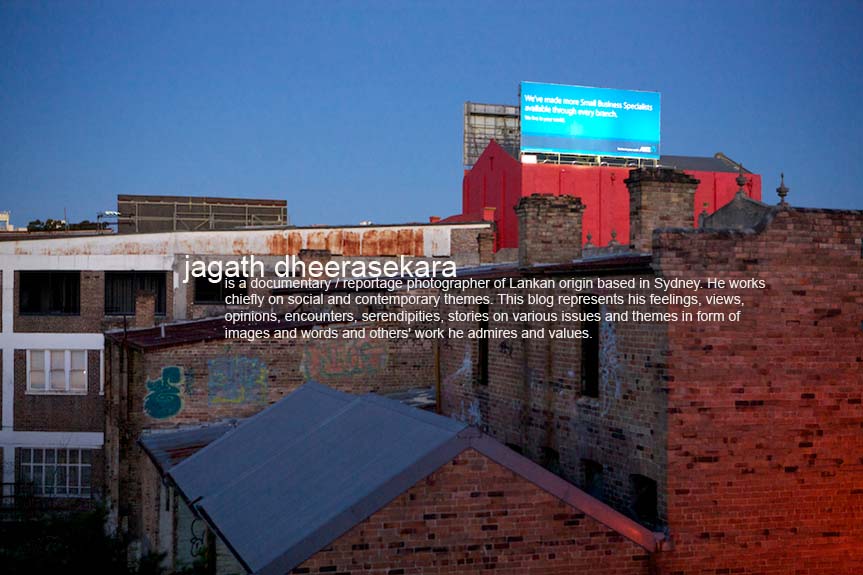



“If the vagaries of the wind brought the Portuguese to Ceylon, lure of cinnamon made them stay in the island”. - Dr Colvin R de Silva (Ceylon under the British Occupation, Volume 1, 1795~1833, Political and Administrative Development)
Historic background of cinnamon trade
An earliest mention of cinnamon is found in the bible. Later, in Europe cinnamon was also a commodity that signified the higher socio-economic status of those who used it. The cinnamon trade was initially monopolized by Arabs who kept the source of cinnamon a secret. The desire to gain control of the lucrative trade of cinnamon brought the Portugese to Sri Lanka (Ceylon).
Sri Lanka was the main source of “true” cinnamon (Cinnamomum zeylanicum - deriving from the Dutch’s name for Sri Lanka) the purest and the most prized of cinnamon. At the time of arrival of Portugese in 1505, people belonging to the Salagama caste were involved in harvesting from natural groves and supplying cinnamon to the king as an unpaid service to the royalty. The same people had to continue, albeit at a more vigorous pace, as Portugese who established themselves in the southern maritime belt of the island where cinnamon production was centered, sought to increase the trade.
Dutch ousted the Portugese as the colonial power in Ceylon and wrested control of the cinnamon trade. Cinnamon laws were introduced to sustain the more intensified commercial production, with some of the so called offences being punishable death. The trade changed hands when the Dutch were defeated by the British who then made Ceylon their colony in 1796 and controlled among other things its trade.
Vulnerable lives - cinnamon peelers from then to now
The cinnamon peelers were brought to Sri Lanka from Kerala or TamilNadu of India by the Sinhala kings around the 14th century and assimilated with the locals forming the caste referred to as Salagama. It was considered a low caste. Even today cinnamon peeling is confined mainly to the same caste, the art being passed from one generation to the next and the whole family, including children young enough to wield the knife, engaging in peeling. Labour relationships still remain between feudal and semi feudal. The cinnamon peeler has no claim to the land he works. On completion of harvesting a land, the families move on to another which will have work, their income being a share from the sale of the spice. This means for the aging peeler a future of complete dependency on his offspring on the day that he could no longer work.
The industry is very much labour intensive to date and little or no modernisation could be noticed. Work is done on an average of 4 days a week, work being available for six to seven months of the year. Moreover, since produce is meant for the international market, the peelers’ income is vulnerable to fluctuation due to the sharecropping system.
Modern day use of true cinnamon
True cinnamon bark is widely used as a spice. It is principally employed in cookery as a condiment and a flavouring material, Cinnamon bark can also be consumed directly and is one of the few spices that can be consumed so. Cinnamon oil, a volatile oil, is obtained by distillation from leaves and from the bark that is not suitable to be used as spice. Pharmaceutical industry too frequently uses cinnamon extractions in their produce.
Unequal economics of cinnamon trade and peelers
Cinnamon growing now takes approximately 27,000 hectares of land. Cinnamon is Sri Lanka’s leading spice in terms of foreign exchange earnings and employment. Sri Lanka commands over 90% of world production of true cinnamon and exports close to 13,000 tons of cinnamon per year. The value of foreign exchange earnings generated by cinnamon exports is over USD 68 million, which is about 60% of the total earnings from all spice exports. Sri Lanka exports 85 % of its cinnamon production.
Cinnamon growers journey to the local fair with their cinnamon, all processed and baled to the precise requirements of the international market. This journey is the starting point of trade in cinnamon. World trade in cinnamon is centered around London and the Dutch ports of Amsterdam and Rotterdam, which are the main trans-shipment points. The leading buyers are Mexico, the United States, Britain, Germany, Holland, Colombia and Spain.
End users in importing countries usually pay a minimum of USD 40 per kilogram, which will include simple value additions such as grinding, packaging etc. to use as a spice. Branded cinnamon as a spice could go up to over USD 190 a kilogram. Pricing mechanisms related to pharmaceutical industry are not clearly revealed as it requires extremely complicated extraction processes and value additions.
About 250,000 are engaged in the cinnamon industry in Sri Lanka today, the majority of them being peelers. First sale by the grower would bring USD 2~5 per kilogram and a peeler would get a 1/3 share from the produce. This usually amounts to a daily income of USD 3~4 per working day during his/her seasonal carrier. The cinnamon people are inherently dependant on the existing local and international labour, political and trade relations.

1 comment:
Cinnamon story given here is interesting and informative introduction very carefully narrated. This is an essential introduction to Ceylon cinnamon.
Post a Comment